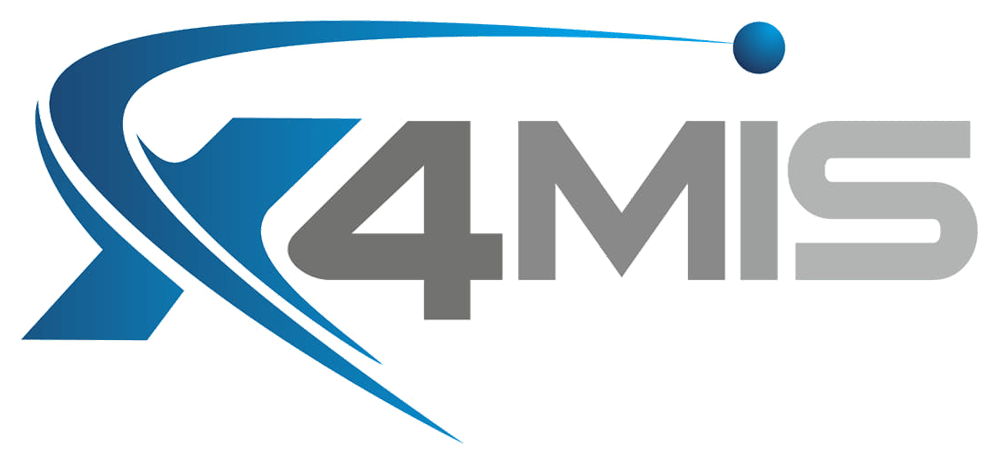Engagement Opportunities
Engaging Opportunities
Written by: Austin Watene
Why is Engagement Important?
The most generally overlooked aspect of the transformation process is engagement.
By engagement, we mean interacting with and assisting the stakeholder teams to understand:
- Why the change is happening.
- What will be changing.
- How the change will impact their day-to-day work.
- How the team(s) can contribute to the making the change a success.
Change must be owned by those who will carry it out if it is to be long-lasting. Therefore, engaging the stakeholder teams is essential to the success of the transformation programme.
Opportunities to Engage
Engagement is a relatively straightforward concept. Its fundamental goal is to start conversations between different work teams; the change management team and the stakeholder teams.
By collaborating with each other, they can work together and decide on:
- What is required for success.
- How the change will be implemented.
- What is necessary for the transition to be sustained.
According to significant social science research, people are five times more likely to be dedicated to their future if they opt in and co-create it. What many people mistake for a "feel good" talk or an irrational strategy is a tried-and-true technique for getting staff members to embrace change and commit to its long-term success.
Setting the tone for these dialogues is the responsibility of the people in charge of Change Initiatives. The initial discussions between stakeholders and their teams—two-way talks with plenty of listening and honesty—are when the engagement starts. The goal is to empower a team to decide how they can make a change work, rather than to instruct them on how to do it. Often, the work team will find new and more effective ways to implement the change than anybody on the project team could have foreseen.
Staff Meetings
- Monitor the results of your Change Management techniques.
- Find ways to increase stakeholder engagement.
Staff Events
- The chance to involve workers by planning events intended to promote Change and Programme activities.
Team Meetings
- The chance to speak with every employee face-to-face and get honest feedback
Lunch and Learn
- There are chances to provide training on subjects like resilience and dealing with change and uncertainty to the entire team.
Notice Boards
- The chance to convey a message visually throughout the offices.
One-to-One Conversation
- The chance to speak with them more personally and address specific issues of concern
Performance and Incentive Schemes
- Encouraging proper behaviour through a staff performance process and reward programme, encouraging proactive and constructive methods to change.
Programme Roles
Additional team members outside the primary programme team will be needed for a number of the activities planned as part of the programme. This includes activities such as user acceptability testing (UAT) and data cleansing before data migrations. Stakeholder team members can participate directly in assisting the implementation of the system through these kinds of activities.
Keeping staff interested throughout a transition may take time and effort. Throughout the change (which may occur throughout and after the project's lifespan), engagement sessions should be held periodically to ensure that the team and stakeholders are aware of and address issues that will affect outcomes.
A lot of teaching and assistance will be needed to ensure these discussions go well. Before the teams grasp the concept, the routine of posing questions and recording responses might need to be replicated several times. They will eventually blend in seamlessly into the team's operations. That is when you can tell the change has been ingrained. It becomes ingrained in how they conduct themselves.
Five Ways to Engage
1. Create a vision first.
To make the Change Project a success, your team needs a shared understanding of how they will collaborate with all relevant parties. You'll remove any uncertainty for your team members and/or other stakeholders over how the team will adjust if you have a communicated vision. Set this vision as the top priority over all other tasks.
Avoid launching rival efforts simultaneously since your team members must be focused on and in line with this goal. An implosion of all actions will result from introducing too many new items at once.
2. Make a plan of action.
Engage your team in discussions on achieving the vision after it has been created. They must comprehend their duties in putting into practice a plan that will realise the vision and that of other stakeholders and their teams. To cooperate with your stakeholders, you must understand who they are and their requirements. You must work with your stakeholders, change team and the broader project team to answer the following questions:
- What brand-new competencies will employees need?
- How will staff members acquire them?
- How will the change be announced to the workforce and other stakeholders?
- How will you assess your progress?
- What is required for the transition to stick?
If in your change programme, the change team has the responsibility for the development of Training Plan, these concept of these questions will not be new to you. Most of them are questions that will have been raised during the development of the Training Plan, including the Training Needs Analysis.
Alternatively, if your change team is not responsible for the Training Plan, then include the team who is responsible into your engagement conversations.
There is no point in replicating work already done; reinventing the wheel so to speak.
3. Be an advocate for change.
You must be a dynamic role model for change to happen successfully. The achievement of the transformation must be personally committed to by the leader for the team's benefit. Remove obstacles, offer resources, ensure learning, collaborate with stakeholders, assist staff as they adjust to change, track advancement, and handle resistance promptly to put this into practice.
4. Be in touch early and often.
The primary communicators with employees are middle and front-line managers. They should communicate with you frequently and consistently. Everyone who the change will impact has to understand what it comprises, why and how it is occurring, and what benefits they will get. Instead of imposing change, have a discussion with your staff about it. Find out their opinions and emotions by asking them. If you listen, they will talk.
Dealing with issues and concerns.
A typical reaction to a Change Initiative is resistance, concern or worry.
People react to change differently:
- Some people embrace change. Work with the stakeholders and management/team-leaders to identify and utilise these people to become change champions within their team or department. These people can become key advocates for the change; working to encourage and support others, and inspire confidence that the change will be good for for all those affected.
- Other people can be resistant to change. They might be happy with the status quo, believe the change is not good for the organisation. Or maybe it is just fear of the unknown.
Ways that the change team (and stakeholders) can work to overcome resistance include:
- Listen to the employees concerns. People want to be heard and allowing them to share their perspectives, issues and concerns can help alleviate frustration and confusion around the change and how it will impact then personally.
- Communicate the reasons for the change. This involves more than just telling people what's expected of them. Ensure the why, what and how behind the change is clearly explained. Emphasising on why the change will ultimately benefit the individual and team in the long run.
- Build excitement. The way change is communicated in the workplace has a tremendous impact on how much resistance will arise. When stakeholders, managers and team-leaders passionately and wholeheartedly share the need for change, their conviction can be contagious. Therefore it is important that the change message is lead from the top-down.
- Involve the Team. As we said in the Programme Roles section, where possible engage the team to participate in UAT and/or data cleansing activities. Ask for the input, feedback and ideas on how the change can be a success.
When resistance or uncertainty is identified, establish a safe space and a system that enables staff to voice concerns and bring up issues before they can worsen or derail. Regardless of a person's position or level within the business, respond fairly, reasonably, and in line with the change's goal.
Remember that what you consider a minor concern for the individual impacted, could be a major one for them.
Deal with the matter head-on when the transformation is being severely opposed despite attempts to engage. If not, you might need to use a lot of workarounds. Additionally, you could see a rise in staff churn or sabotage attempts against the change endeavor.
5. Conditions for Successful Engagement
- A willingness to listen.
- If the workgroup has the best ideas, then we—especially leaders—must be prepared to hear what they have to say and act on them. Be ready for unfavourable criticism and resist the desire to provide every solution at once or to crush the opposition. You need to know where people stand in terms of embracing changes, which is something that all comments reveal.
- Empathy for those experiencing the transition.
- Most changes do not impact leaders' positions since they are frequently protected from the changes they advocate. The difficulties of executing various modifications must be understood and appreciated by project leaders and team members.
- Honesty and openness.
- People merely want to know when they will find out about them; they understand that we don't have all the information. They want to ensure that individuals are honest and that there isn't another agenda before all the information is made accessible. Be prepared to participate in these sessions with commitment and openness. Prepare yourself, to be honest about what you know.
The workforce must accept and own change for it to be long-lasting. We enable employees to go from simply hearing about change to owning it by allowing them to engage and shape the future. The transformation can only be sustained after that. Therefore, consider how engaged the workforce is when you consider how you are communicating with them. Likewise, "Are you only delivering knowledge or allowing employees to shape the company's future success?" Isn't it worthwhile to consider?
Compose the Change
Browse by Categories

Free On-Line Change Management Methodology that enables individuals and organisations, especially those previously without access to effective change management programmes, to deliver more effective community and country programmes which improve prosperity and save lives.
QUICKLINKS
TRAINING LINKS
LATEST POSTS




